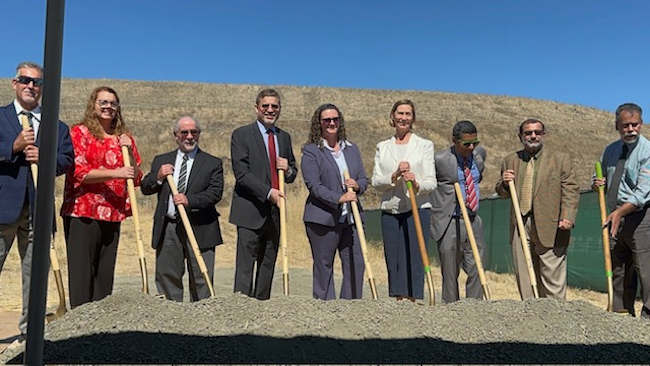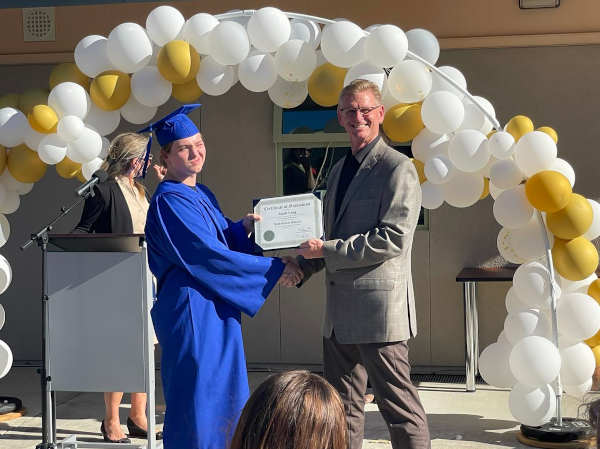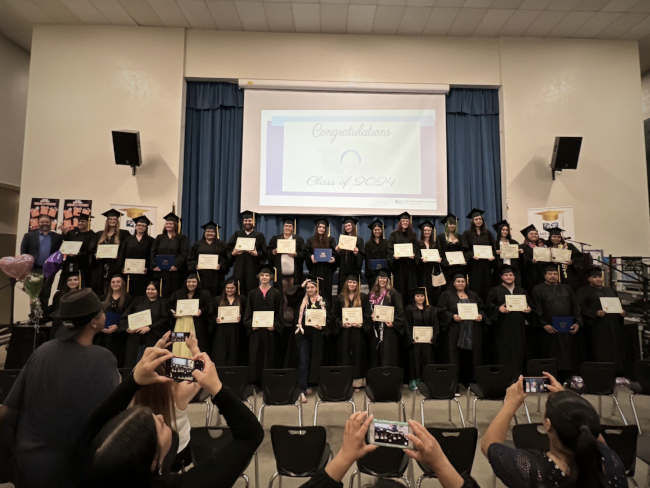- LAKE COUNTY NEWS REPORTS
- Posted On
Special stop by the Lake County Library Bookmobile planned July 13
The Bookmobile will be there from 10 a.m. to 1 p.m. The Mercantile is located at 4350 Thomas Dr., Lakeport.
The new Bookmobile has been sidelined by mechanical issues, which the library is working to resolve.
Unfortunately, some of these issues are still present, but the Bookmobile will be putting its best tire forward for this special event.
Even without full functionality the Bookmobile will be able to check books out to patrons, sign patrons up for the Summer Reading Program, issue library cards (including limited time, 50th Anniversary Library cards) and answer any questions about library services.
In honor of the event, there will also be signups for prizes printed by a 3-D printer. There will also be giveaways of unique bookmarks.
Come visit the Bookmobile at this special event to be included in the fun.
The Lake County Library Bookmobile’s purchase was supported, in part, with California State funds, administered by the California State Library.
An American Rescue Plan Act allocation from the Lake County Board of Supervisors also helped support the purchase.
To get the latest news on the Lake County Library, including updates on the bookmobile, visit the library online.

 How to resolve AdBlock issue?
How to resolve AdBlock issue? 









